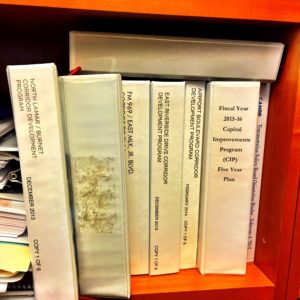Built more than 50 years ago, I-35 will soon undergo a complete overhaul to accommodate the unprecedented growth and traffic congestion in Central Texas. That reconstruction presents our community with a once-in-a-lifetime opportunity to reimagine I-35.
The Texas Department of Transportation (TxDOT) is conducting an environmental study of the corridor and will decide between two options, both of which will reduce congestion. But only the lowered option creates the opportunity to improve mobility and dramatically change the quality of life in our community.
Click here or on the video below to see what it might look like if TxDOT lowers the highway between 15th Street and Cesar Chavez, add 2 lanes in each direction, and create the infrastructure to accommodate a cap over sections of the lowered lanes.

 “Today the Council took an important step to address traffic congestion and our other mobility challenges. These corridor plans have been sitting on the shelf long enough. It’s time to do the work,” said Mayor Steve Adler. “The Smart Corridor mobility bond reflects the widespread support in the community and on this Council to address traffic congestion, improve transit, increase safety, and build walkable neighborhoods. We have our congestion level in Austin because we have chosen not to invest in our infrastructure. This is a down payment on a better future for Austin’s traffic.”
“Today the Council took an important step to address traffic congestion and our other mobility challenges. These corridor plans have been sitting on the shelf long enough. It’s time to do the work,” said Mayor Steve Adler. “The Smart Corridor mobility bond reflects the widespread support in the community and on this Council to address traffic congestion, improve transit, increase safety, and build walkable neighborhoods. We have our congestion level in Austin because we have chosen not to invest in our infrastructure. This is a down payment on a better future for Austin’s traffic.”